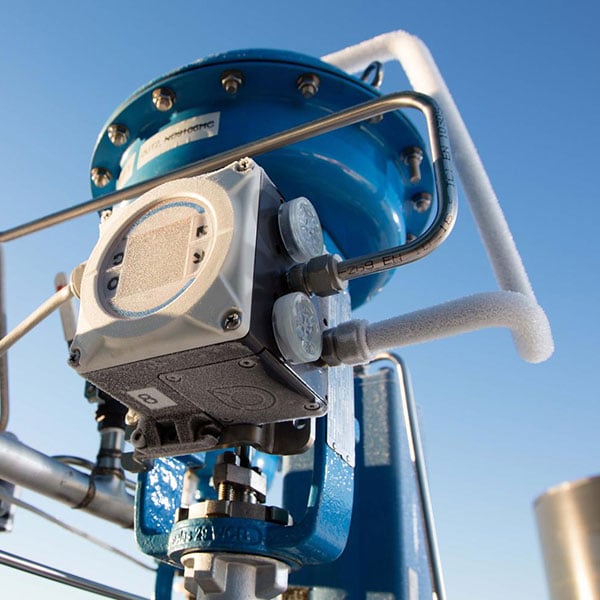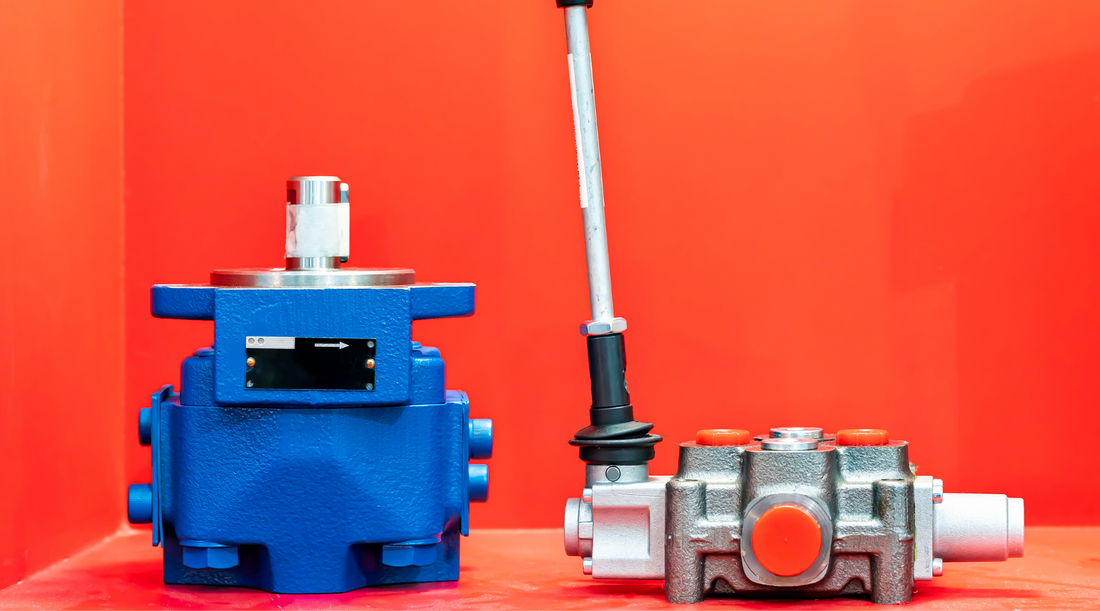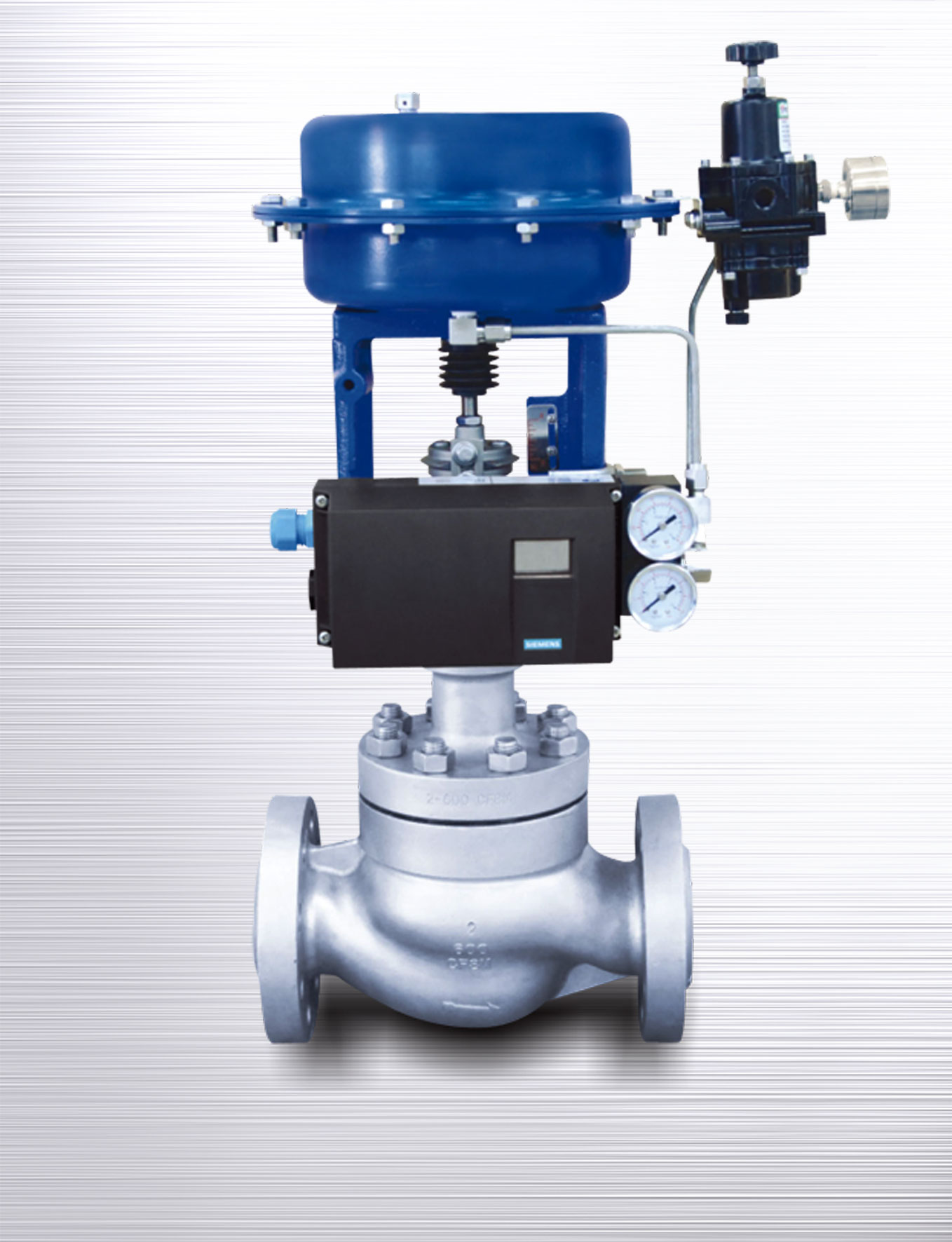Cutting-edge Control Valves: Enhancing Accuracy and Integrity

Maximize Energy Savings and Convenience With Advanced Structure Automation Controls
In the realm of modern-day architecture and facility monitoring, the integration of innovative structure automation controls stands as an essential development. The merging of technology and sustainability has birthed a brand-new era where power efficiency, comfort optimization, and functional streamlining are no more far-off goals yet obtainable realities. By utilizing the power of automation, buildings can adapt, react, and develop in manner ins which were when inconceivable. The possibility for substantial power cost savings and improved convenience is not simply an opportunity yet a guarantee waiting to be fulfilled. This standard change in structure administration holds the key to opening a globe where ecological conscientiousness and occupant well-being sympathetically coexist within the walls of our structures.
Power Effectiveness Benefits
Energy efficiency benefits can considerably decrease power usage and functional prices in structures. Energy-efficient systems, such as advanced structure automation controls, can enhance the usage of resources like air conditioning, illumination, and home heating, leading to reduced energy costs over time.
Furthermore, boosted energy performance can extend the life-span of structure equipment and systems. By running a lot more effectively, a/c systems, lighting components, and various other building parts experience less deterioration, resulting in decreased upkeep and replacement expenses. Furthermore, energy-efficient structures frequently command higher residential property values and rental rates, providing long-term monetary benefits to proprietors.
Moreover, power efficiency can enhance passenger comfort and productivity. Effectively controlled interior environments with optimal lights and thermal problems create an even more conducive and pleasant work space, causing boosted employee complete satisfaction and performance. Overall, the energy performance advantages connected with innovative building automation controls are diverse, including expense savings, ecological stewardship, and passenger well-being.
Boosted Comfort Control
Enhancing convenience control in structure settings needs an advanced assimilation of advanced automation systems for optimal occupant wellness. By making use of sophisticated structure automation controls, centers can customize the interior environment to meet the particular demands and choices of owners. control valves.
Boosted convenience control exceeds basic temperature changes. It includes features such as personalized settings, tenancy sensors, and natural light utilization to create a responsive and dynamic environment. By integrating these advanced controls, structures can not just improve comfort however additionally boost energy efficiency by maximizing system operations based on actual occupancy and use patterns. Eventually, prioritizing passenger convenience via sophisticated automation systems brings about a more satisfying and much healthier interior environment.
Functional Performance Improvements

Additionally, the execution of real-time monitoring and analytics tools makes it possible for structure drivers to recognize power inadequacies and operational anomalies quickly. By continually keeping track of power usage patterns and system performance metrics, adjustments can be made in real-time to enhance energy intake and make sure peak operational efficiency. control valves. Additionally, including need action methods right into structure automation controls can additionally enhance functional effectiveness by dynamically changing energy usage based on grid conditions and rates signals
Indoor Climate Optimization
Efficient indoor environment optimization is an essential facet of structure automation controls, ensuring owners' comfort and well-being while optimizing energy cost savings. By using innovative sensors and controls, developing automation systems can continually adjust and monitor temperature level, humidity degrees, air top quality, and ventilation to develop an ideal indoor setting. Preserving constant and comfy problems not only enhances resident complete satisfaction but likewise improves performance and general health.
Indoor environment optimization also plays a critical role in energy efficiency. By fine-tuning air flow, heating, and air conditioning systems based on real-time information and tenancy patterns, developing automation controls can substantially decrease power consumption - control valves. Applying strategies such as demand-controlled ventilation and thermal zoning can aid decrease power waste while making sure that each location of the structure gets the needed conditioning.

Lasting Setting Creation
Structure automation manages not only maximize interior climate conditions for energy efficiency and owner comfort but likewise lay the foundation for producing a lasting setting through calculated management of sources and systems. By integrating sophisticated building automation technologies, such as sensors, actuators, and smart software application, centers can readjust and monitor power use in real-time to minimize More Help waste and reduce their carbon impact. These systems allow predictive maintenance, identifying prospective concerns prior to they intensify and enhancing tools performance to improve durability and efficiency.
Moreover, lasting setting production extends beyond power management to encompass water preservation, waste reduction, and interior air quality renovation. Building automation controls can control water use, find leaks, and ensure appropriate garbage disposal practices, adding to overall sustainability efforts. Furthermore, by monitoring and regulating ventilation and filtration systems, these innovations improve owner health and wellness and efficiency while reducing power consumption connected with heating and cooling procedures.
Final Thought
In verdict, advanced building automation manages deal significant benefits in terms of power savings, comfort control, functional effectiveness, interior environment optimization, and developing a lasting environment. By applying these controls, buildings can achieve ideal efficiency while reducing energy consumption and improving passenger comfort. It is obvious that making use of innovative automation innovation is critical in boosting building efficiency and developing a more sustainable future.
Power effectiveness advantages can significantly lower power intake and operational prices in structures. Overall, the power effectiveness advantages linked with advanced structure automation controls are diverse, including price savings, environmental stewardship, and owner health.
Additionally, integrating need response methods into building automation controls can even more improve operational efficiency Get More Info by dynamically readjusting power usage based on grid conditions and pricing signals.
Structure automation manages not only optimize indoor climate conditions for energy efficiency and occupant convenience yet likewise lay the structure for producing a sustainable environment with strategic administration of resources and systems.In conclusion, progressed structure automation controls offer considerable benefits in terms of energy savings, comfort control, functional performance, interior environment look here optimization, and developing a sustainable environment.